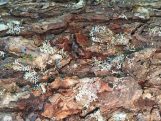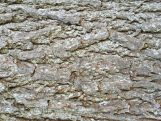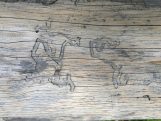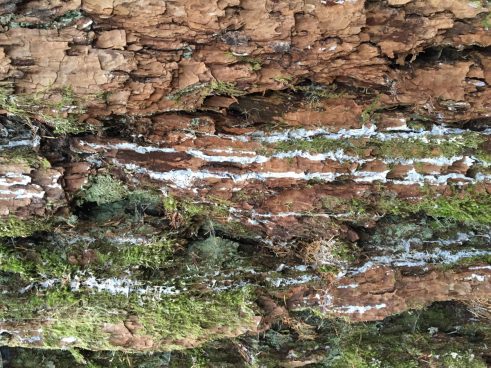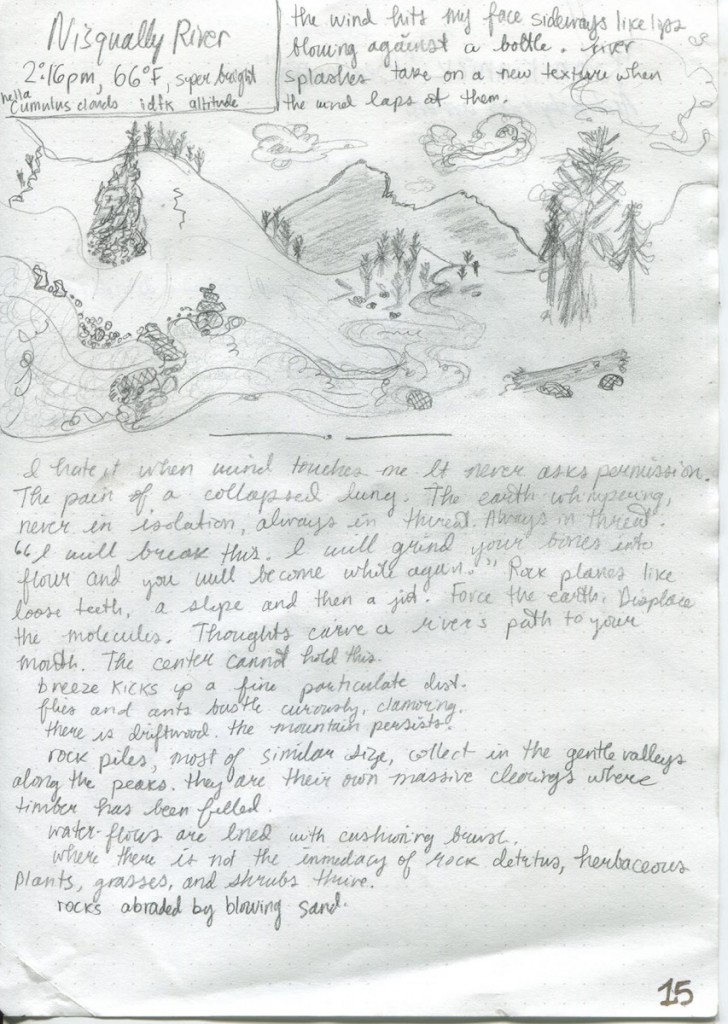This beautiful, majestic place was all the more inspiring because of its fragility. Two of its glaciers, structures thousands of years old are now gone because of recent warming. The rest, theoretically, are soon to follow.
My understanding of Mount Rainier was driven primarily by the idea of its geography. I attempt to find meaning in rock formations, and to shape ideas about how volcanism and tectonic activity is the “prime mover” for other aspects of the place, from human interaction to weather and plant life. Although my emphasis is on abiotic factors, I define them in the terms of biotic ones, drawing conjecture about how life is shaped by and reacts to other circumstances.
Pyroclastic flow disturbing the cycle of succession near Narada Falls. Ash interfering with sedimentary processes, changing the porosity and nitrogen quality of the soil. This is a place where plants root stubbornly underneath weathered rock, taking shelter from a storm of rock flour kicked up by the constant breeze; where trees of the same age triple in size over the course of a few thousand feet.
I was lucky enough to have had the opportunity to explore this holy place with several of my fantastic classmates: Marissa Scoville, Eric Skiff, and Randa Pearce. Together we formed the Marshmallow Necromancers RAINIER Collab, where we disseminated how individual elements of Mount Rainier were changing through time because of various factors.
Climate change would devastate the particular biomes native to this place, disrupting the life-cycles of many animals and plants, leaving only those most able to adapt quickly– or species with a preexisting advantage over an as-yet-unknown environment.
In an environment where change is happening so rapidly, the preservation of individual moments in time seems all the more important; even a casual observer can become a journalist or a historian, every photograph and drawing a relic.


